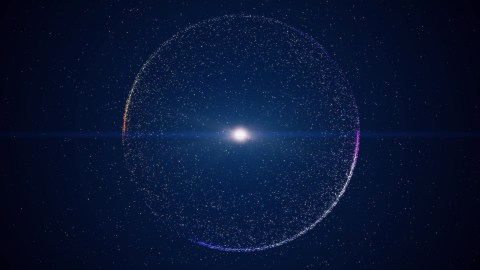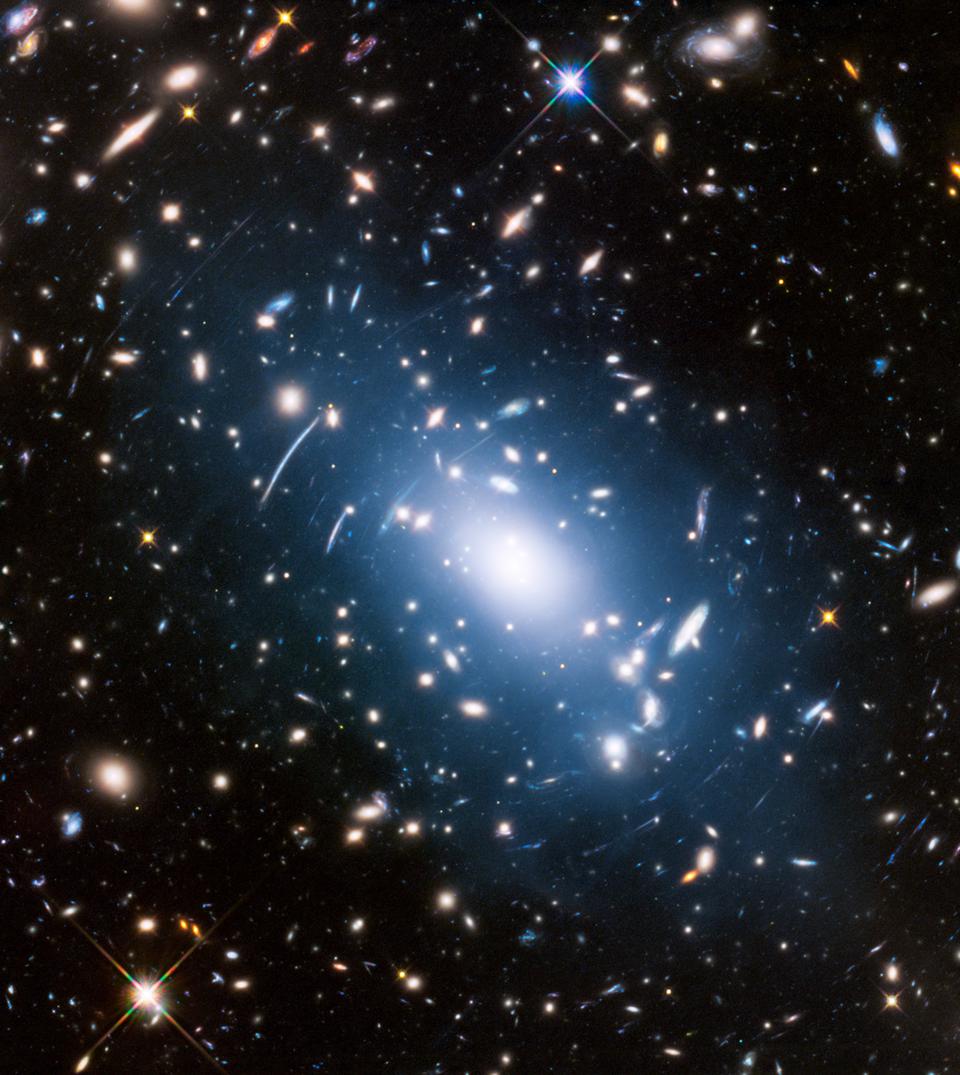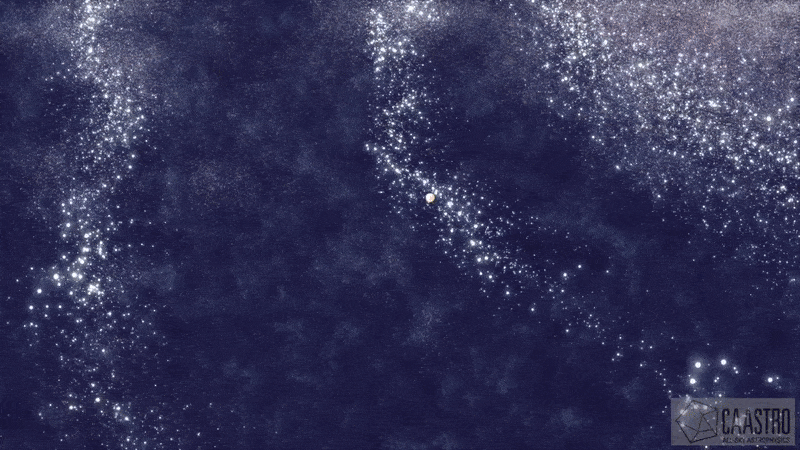10 of the most mystifying open questions in science

- With the end of 2023 approaching, it’s time to revisit some of the toughest questions in science.
- Here’s my (admittedly biased) list of the top ten. Each entry is briefly explained and accompanied by references to current books and articles on the topics.
- As you’ll see, some of these questions have been with us for quite some time, and they may be unanswerable — at least through the usual scientific methodology.
To celebrate (with a sigh perhaps?) the end of this turbulent year, there’s nothing better than diving into some of the biggest open questions in science — those that have long kept scientists up at night. Though confounding, these questions point to an essential fact in science: the more we know, the more there is to know. There is no end to knowledge as long as we keep asking questions (and receive funding to try to answer them). Even more interestingly, some of these questions simply can’t be answered, at least not through the usual scientific methodology that combines objectivity and reductionism: the notions, respectively, that we can separate ourselves from the objects we are studying, and that it is possible to break complex systems into smaller ones to study their behavior and then infer the behavior of the whole from the behavior of the parts.
Every list of “most important” questions has a dose of arbitrariness, given the author’s subjectivity. However, I would venture to say that these rank among the toughest open questions — and for sure among the more mysterious and attention-grabbing. So, here it goes, in no particular order:
1. What is the Universe made of? We know only 5% of the composition of the Universe. This 5% is made of the familiar atoms of the periodic table, their molecular aggregates, or the components of the atoms: protons, electrons, and neutrons. There are also neutrinos — the elusive particles that can traverse matter as if nothing was there, including the whole of Earth. The mystery is the other 95%, composed of dark matter (roughly 27%) and dark energy (roughly 68%). Dark matter doesn’t shine and is found around galaxies and clusters of galaxies, like an invisible cloak. We know it’s there because it has mass and hence gravity: It pulls on the familiar 5% we can see, and we can measure this effect. Dark energy is much more mysterious, an ether-like medium filling up space with the bizarre property of pushing it apart, making galaxies accelerate away from one another. We don’t know what dark matter or dark energy are, and there are hypothetical explanations that try to modify Einstein’s theory of gravity to accommodate the observations and do away with the darkness. But after decades of searching, we remain quite ignorant.
2. How did life come about? Life appeared on Earth some 3.5 billion years ago, perhaps earlier. The mystery here is how aggregates of nonliving atoms gathered into progressively more complex molecules that eventually became the first living entity, a chemical machine capable of metabolism and reproduction. The fact that living matter is matter with intentionality remains a profound mystery.
3. Are we alone in the Universe? This question is really two questions, given that we want to know not only whether any extraterrestrial life exists but also whether it is intelligent. Ultimately, we would like to know how common life is. We also need to know why, if intelligent life is not so rare, we haven’t yet heard from “them”? On the question of aliens, I recommend the recent book by Big Think columnist Adam Frank, The Little Book of Aliens, for an up-to-date synopsis of the search for life in the cosmos. As I pointed out in my recent book, this question has a direct impact on how we relate to our own future and the planet we call home.
4. What makes us human? We have three times more neurons than a gorilla, but our DNAs are almost identical. Many animals have a rudimentary language, can use tools, and recognize themselves in mirrors. So, what exactly differentiates us from them? The thicker frontal cortex? The opposing thumb? The discovery of fire and the ability to cook? Our culture? When did language and tool-making appear? An excellent intro to this is Jeremy DeSilva’s book, First Steps.
5. What is consciousness? We’ve confronted this question before in these pages, wondering about the nature of consciousness, and even its possible connection with quantum physics, a trendy topic in some circles. How is it that the brain generates the self of self, the unique experience that we have of being unique? Can the brain be reversed-engineered to be modeled by machines or is this a losing proposition? And why is there a consciousness at all? What is its evolutionary purpose, if any?
6. Why do we dream? Even though we spend about a third of our lives sleeping, we still don’t know why we dream. Do dreams have an essential function, physiological and/or psychological? Or are they simply random images of a brain in partial rest? Was Freud right about his theory that dreams are some sort of expression of repressed desires? Or is that all bogus?
7. Why does matter exist? According to the laws of physics, matter shouldn’t exist on its own; each particle of matter — each electron, proton, neutron — should have a companion of antimatter, like twins. So, there should be positrons, antiprotons, and antineutrons in abundance. But there aren’t. The problem is that when matter and antimatter meet, they disintegrate in a puff of high-energy radiation. If you shook hands with your antimatter other, a good chunk of the U.S. would blow up in smoke. So, the mystery is what happened to this antimatter. Clearly, if the Universe had equal amounts of both earlier on, something happened to favor matter over antimatter. What? Was the Universe “born” this way, with a huge asymmetry between matter and antimatter? Maybe some primordial asymmetry evolved to do the job, selecting matter? If so, when did it act in cosmic history, and what would this asymmetry be? We’ve been trying to figure this one out for decades with no great success.
8. Are there other universes? Or is our Universe the only one? Believe it or not, modern theories of cosmology and particle physics predict the existence of other universes, potentially with different properties to our own. Are they there? How would we know, if we could? If we can’t confirm this hypothesis, is it still part of science? I have argued here before that the multiverse hypothesis is profoundly problematic and not particularly useful, even if fun to think about.
9. Where will we put all the carbon? With the global vamping up of industrialization, we are putting more and more carbon (and methane) up in the atmosphere, accelerating global warming. What can be done to change our impact on the environment? And what happens if we don’t? Models of global warming offer a range of predictions, from somewhat mild to dire. But clearly, time is running out to ponder about the issue and do nothing. It’s time to take this seriously at a global scale, for the benefit of the next generation and even just the next decade or so. Politicians are moving too slowly. We need to take this one into our own hands and act individually as well.
10. How can we get more energy from the Sun? We have based our explosive growth mainly on fossil fuels. Nevertheless, we have a remarkable energy source up in the sky, waiting to be explored more efficiently. Also, can we reproduce the solar engine here on Earth, fusing hydrogen into helium in a controllable and viable way to solve the energy problem for the foreseeable future? Progress is coming, but slower than we’d like. Or need.





